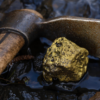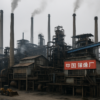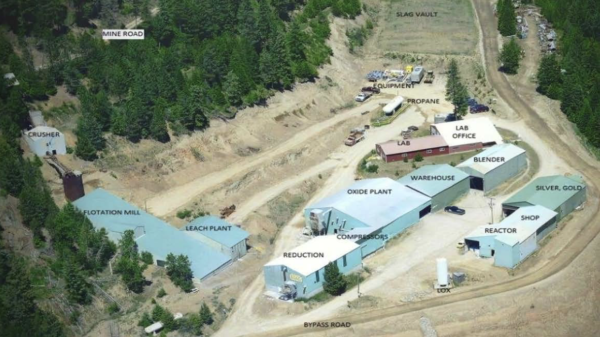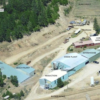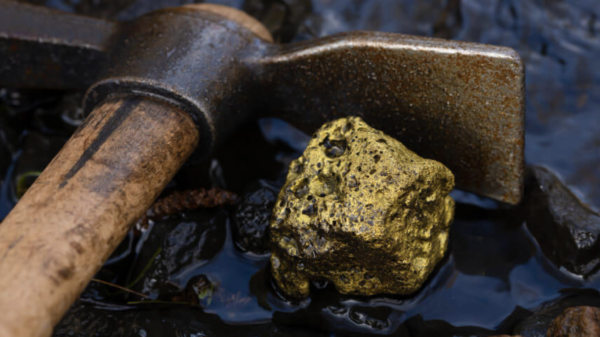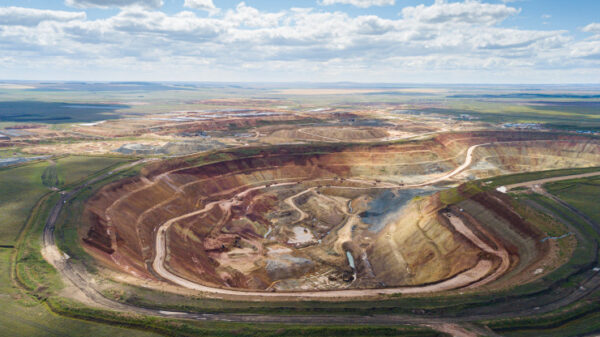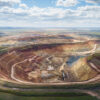Australian uranium miner Paladin Energy Limited (ASX: PDN) (OTCQX: PALAF) has entered the commercial production phase at its flagship operation in Namibia following a six-year shutdown at the site.
Production and drumming of uranium concentrate was completed at the Langer Heinrich mine on Mar. 30. The company is now ramping up its activities and stockpiling the product before shipping it out to customers.
The mine is expected to produce over 77 million pounds of yellowcake uranium in the coming years. Paladin holds a 75 per cent stake while the China National Nuclear Corporation owns the remainder. The majority owner acquired the project in 2002 before selling off a quarter to the Chinese for US$190 million in 2014.
Paladin says it will provide guidance for key operational parameters at the project during the 2025 fiscal year this July. The miner’s chief executive Ian Purdy thanked Paladin’s staff, the Namibian government and local communities for their support.
“With a return to production, a strong balance sheet and supportive uranium fundamentals, Paladin is exceptionally well positioned to generate sustainable returns for all our stakeholders,” Purdy boasted in a news release.
Namibia is the world’s third-largest producer of uranium behind Kazakhstan and Canada, respectively.
Deep Yellow Limited (ASX: DYL) is another Australian uranium operator in the country with substantial infrastructure. The company received binding commitments valued at C$196.5 million last month for its flagship Tumas operation.
Langer Heinrich Mine achieves first production milestone after restart
Paladin Energy has announced that its Langer Heinrich Mine (LHM) has successfully reached its first production milestone following a restart.
This comes as the uranium mining giant announced that it had… pic.twitter.com/71RbfViDXA
— Namibia Mining and Energy (@miningandenergy) April 2, 2024
Read more: ATHA Energy expands into new Canadian territory with 2024 exploration program
Read more: ATHA Energy closes acquisition of Latitude Uranium, obtains Nunavut and Labrador properties
Uranium supply deficit inspires accelerated activity
Paladin started crafting a restart plan for Langer Heinrich in 2020 because of improved market conditions and the rising price of uranium.
Since that time the commodity’s value has risen well above heights witnessed pre-Fukushima. It rose above US$100 per pound in early 2024 before dipping back down to its current value of about US$88/lb.
However, some analysts have predicted that its value will not sink any lower than that.
“We have reached a bottom,” Jonathan Hinze, President of the nuclear research firm UxC, said. “The fundamentals are still strong, with increased demand and supply that hasn’t fully responded.”
Canada’s major uranium market player NexGen Energy Ltd. (TSX: NXE) has estimated that there will be a 200-million-pound annual uranium shortage by 2040.
“Buyers can use the spot to tell them the sentiment of the day, but must look at the long-term market to see that it is marching steadily up,” Treva Klingbiel, President of TradeTech, said. “It hasn’t taken a hiccup at all.”
These factors inspired the creation of ATHA Energy Corp. (TSX-V: SASK) (OTCQB: SASKF) (FRA: X5U): a uranium prospector with a vast land package for exploration in Canada’s top mining jurisdictions.
The current state of the market has also inspired hedge funds to invest millions into the industry.
Uranium was first identified by the German chemist Martin Heinrich Klaproth in 1789.
ATHA Energy is a sponsor of Mugglehead news coverage
rowan@mugglehead.com


